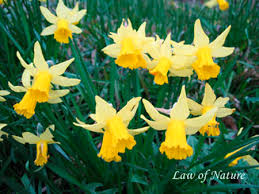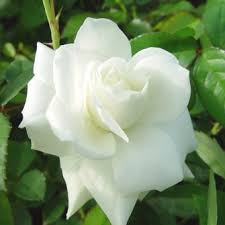คาร์เนชั่นแดง : ความอนิจจา การมอบดวงใจฉัน

ดอกแอ๊ปเปิ้ล : มอบให้กับบุคคลที่ชอบเป็นพิเศษ

ดอกส้ม : ใช้ในงานแต่งงาน ความเยาวัย ที่แสนหวาน

เดซี่ : แสดงถึงความบริสุทธิ์ใจต่อกัน

แดฟโฟดิล : ความรำลึกถึง และคิดถึง











 at (later known as Princess Srinagarindra, The Princess Mother). She was firstly named "May" on her birth certificate and was later named Mom Chao Galyani Vadhana Mahidol by King Vajiravudh (Rama VI). The word "Vadhana" in her name came from the one of her paternal grandmother, Savang Vadhana. In 1927, she was subsequently promoted to the royal rank, a Princess of Thailand (Phra Vorawongse Ther Phra Ong Chao) by King Prajadhipok (Rama VII).
at (later known as Princess Srinagarindra, The Princess Mother). She was firstly named "May" on her birth certificate and was later named Mom Chao Galyani Vadhana Mahidol by King Vajiravudh (Rama VI). The word "Vadhana" in her name came from the one of her paternal grandmother, Savang Vadhana. In 1927, she was subsequently promoted to the royal rank, a Princess of Thailand (Phra Vorawongse Ther Phra Ong Chao) by King Prajadhipok (Rama VII). rit-making ceremonies. The 6-day funeral ceremony and ritual officially started on Friday November 14, 2008, at the Grand Palace, and terminates on November 19 when Galyani's ashes will be transferred to a nearby temple.
rit-making ceremonies. The 6-day funeral ceremony and ritual officially started on Friday November 14, 2008, at the Grand Palace, and terminates on November 19 when Galyani's ashes will be transferred to a nearby temple.
